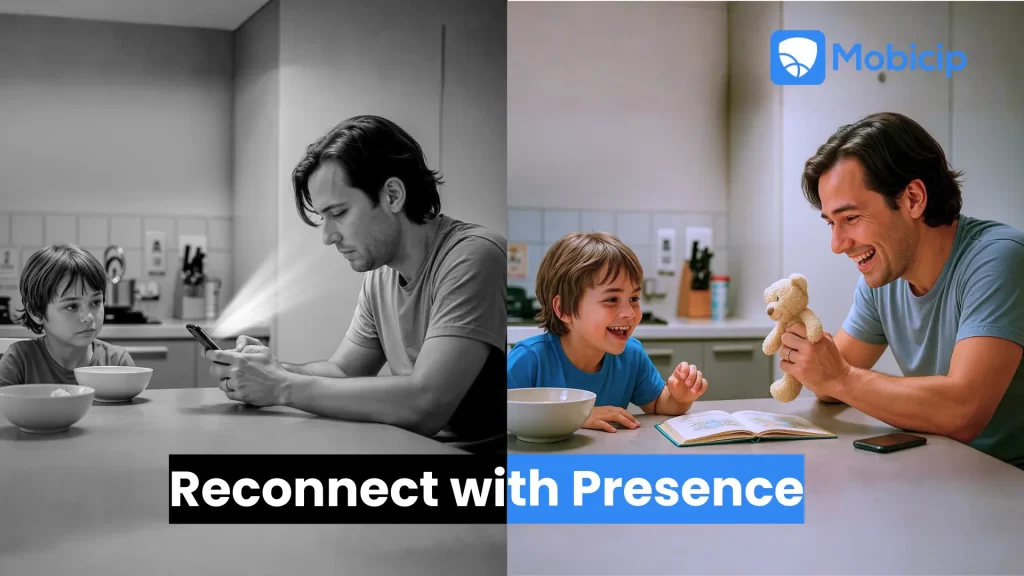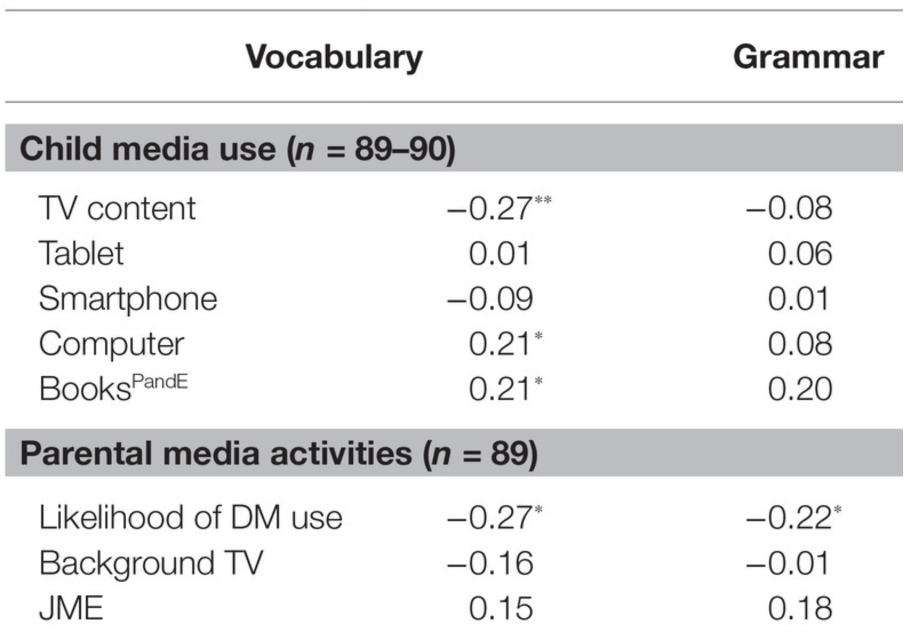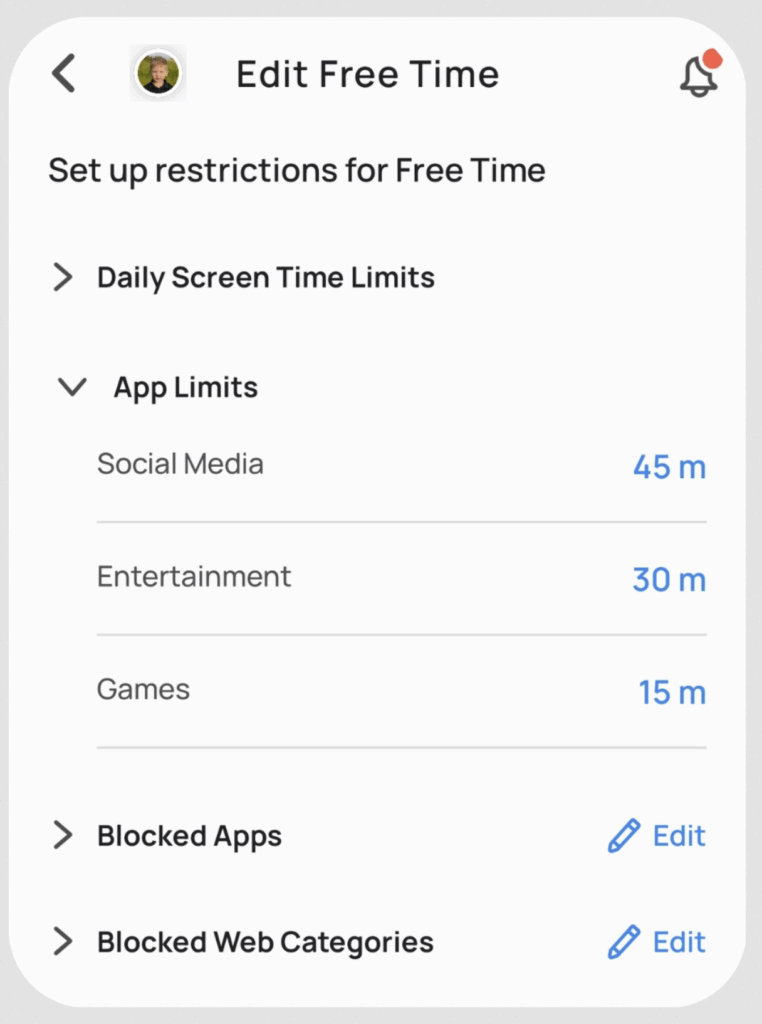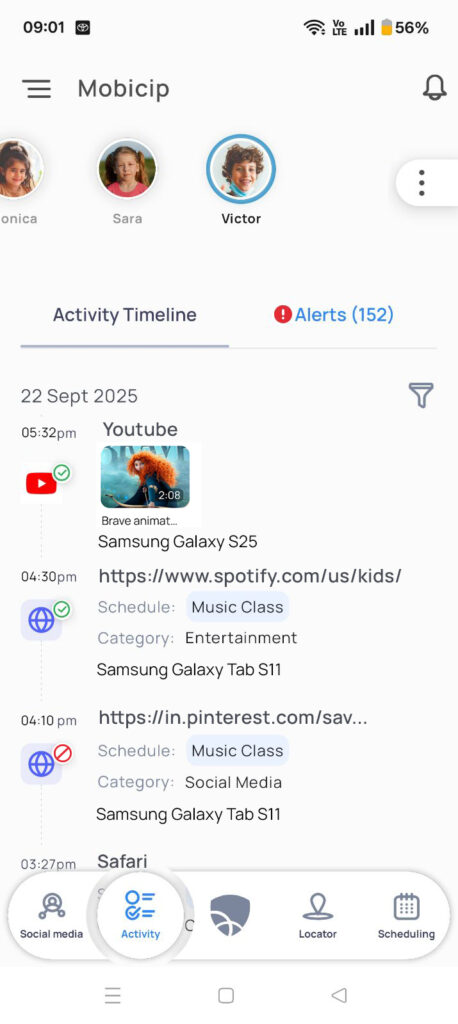What is Technoference and Its Effects on Parenting

Technoference is a term coined by family researcher and digital health educator Brandon McDaniel to describe how technology use interferes with everyday interactions—especially between parents and children. It combines the words technology and interference to capture those moments when digital devices interrupt real-life connection.
You may remember our earlier discussion on parental phubbing, a case of parents ignoring their kids to look at their phones. Technoference is the superset of phubbing. From checking work emails during playtime to scrolling through social media at dinner, these interruptions can quietly erode emotional bonds.
In an age shaped by smartphones, social media, and remote work, technoference is becoming a major parenting concern. Thankfully, awareness, and digital parenting tools like Mobicip, can help families stay present and connected.

Read on to know more about how technoference impacts families and what we can do to reconnect with presence.
The Rise of Technoference in Modern Families
While we often focus on children’s screen time, we rarely talk about how much time parents spend on their devices, and how that affects kids. According to a Common Sense Media report, parents of children aged 8 to 18 consume screen media for more than nine hours each day, nearly eight of which are spent watching movies, playing games, or scrolling through social media. Surprisingly, nearly eight out of ten of these parents believe they are “good media and technology role models.”
Research from the University of Wollongong (UOW) found that parents’ technology use in their child’s presence was linked to poorer cognitive and social outcomes, as well as increased screen time among children. In other words, when parents are only half-present, kids notice and mirror that behavior. Over time, these patterns contribute to emotional disconnection and weaken the very bonds that children depend on for healthy development.
How Technoference Affects Parent-Child Relationships
Unlike earlier generations, we now parent under the invisible weight of pings, notifications, and infinite feeds designed to capture attention. The result is not deliberate neglect—but a gradual erosion of small, meaningful moments. A smile not returned, a story half-heard, a playtime interrupted—these micro-moments add up, subtly reshaping the emotional rhythm of family life.

Frequent device use reduces the quality of interaction between parents and children. When attention is divided, parents offer fewer smiles, delayed responses, and less warmth.
Impact on the Relationship
Children are highly perceptive to emotional availability. When parents are mentally “elsewhere,” kids often interpret it as rejection. According to The Handbook of Children and Screens , such disruptions are linked to increased tantrums, clinginess, and attention-seeking behaviors. Over time, this can contribute to anxiety, poor emotional regulation, and behavioral issues.
Parental Stress, Fatigue, and Guilt
Technoference doesn’t only affect children—it also affects parents’ well-being. Parents report feeling more stressed and cognitively fatigued when multitasking between phone use and childcare. Many also experience guilt afterward, knowing they were physically present but mentally distant. This guilt can further heighten stress, creating a loop of disconnection and self-blame.
The Invisible Cost of “Small” Distractions
Even brief moments of distraction—like checking a message mid-conversation—can disrupt bonding. These interruptions fragment family time, replacing spontaneous laughter or play with silence. Over time, the message children receive is clear: the phone is more important. Recognizing this pattern is the first step toward change—toward choosing connection over constant connectivity.
Developmental Consequences for Children
Technoference doesn’t just affect family relationships—it can also shape how children think, feel, and relate to the world. Research has increasingly shown that when parents are distracted by devices, children’s developmental milestones can be delayed or disrupted. What begins as a few interrupted moments can slowly influence how children learn, express emotions, and form secure attachments.
Cognitive Development
Early learning depends heavily on interaction and language exposure. When parents are absorbed in devices, conversations become shorter and less engaging. Studies have shown that technoference is associated with delayed language acquisition and reduced vocabulary in toddlers. For example, a Swedish study of two-year-olds found a correlation between parental media use during daily routines and lower vocabulary development.

The above table shows how parental media use affects children’s vocabulary and grammar development as seen by all the negative numbers. Joint Media Engagement (JME), i.e., parents and children jointly engaging in media, however, seems to have a positive effect. Table is adapted from this research paper.
Even a short interruption—like answering a call—can break a child’s focus and disrupt language learning.
Emotional and Social Development
Technoference can have deeper emotional effects, too. Children exposed to distracted parenting display greater anxiety, and tantrum-like behaviors. Studies show that when parents intentionally withdraw attention to use their phones, infants immediately react—becoming fussy, seeking attention, or turning to self-comforting behaviors. Over time, this can affect a child’s ability to regulate emotions and form stable attachments.
Interestingly, research also suggests a bidirectional effect—children who are more challenging may trigger higher parental stress, which in turn increases technoference.
During adolescence, the pattern continues. Higher parental device use is linked to poorer parent–teen relationships and greater risk of depression. Ultimately, every age group needs the same thing—responsive attention that no screen can replace.
Strategies to Reduce Technoference
Reducing technoference isn’t about rejecting technology—it’s about using it with intention. As parents, we can create a home environment that encourages genuine connection without letting screens dominate every moment. Here are some simple but effective ways to bring balance back into family life:
- Establish device-free zones: Create clear boundaries for when and where devices are off-limits—such as during dinner, family outings, or bedtime. These sacred moments help strengthen connection and make children feel seen and heard.
- Use apps like Mobicip to schedule screen-free time: Parental control tools like Mobicip allow families to set daily limits and schedule shared screen-free periods, ensuring everyone—including parents—takes healthy digital breaks together.
- Practice mindful tech use: Before reaching for your phone, pause and ask yourself: Is this necessary right now? Building awareness of your habits helps reduce impulsive scrolling and keeps you present in the moment.
- Model healthy digital behavior: Children learn by watching us. When we put our phones away to listen, laugh, or play, we teach them that real relationships come first.
- Stay consistent and communicate openly: Discuss tech boundaries as a family. Consistency builds trust, while open conversations help children understand why being present matters.
How Mobicip Can Help
Mobicip isn’t just for kids—it can be a powerful tool for adults too. While it was designed to help parents guide children’s online habits, many of its features can help grown-ups manage their own screen time and reduce technoference. By using Mobicip intentionally, parents can model healthy tech behavior and stay more present with their families.
Here’s how adults can use Mobicip to stay in control of their digital habits:
Screen Time Management – Set daily limits or schedules to prevent endless scrolling or late-night screen use.

App Blocking – Block distracting apps like social media or gaming platforms during family time.

Activity Reports – Review weekly insights to understand how much time you spend on different apps and adjust accordingly.

Device-Free Zones – Pair Mobicip with household rules and family technology contract to enforce no-device periods at the dinner table or during bedtime.

Conclusion
Technoference reminds us that even the smallest choices—like where we place our phones—shape the emotional climate of our homes. Every notification we ignore in favor of a child’s story, every meal shared without a screen, quietly rebuilds trust and connection. While technology will always be part of our lives, it doesn’t have to rule them. With awareness, intention, and the right tools, we can reclaim the pauses and presence that truly matter. Apps like Mobicip make it easier to draw healthy digital boundaries, but the real change begins with us—choosing presence over pings, and connection over constant distraction.





